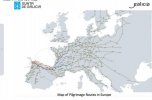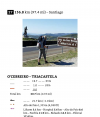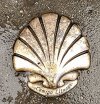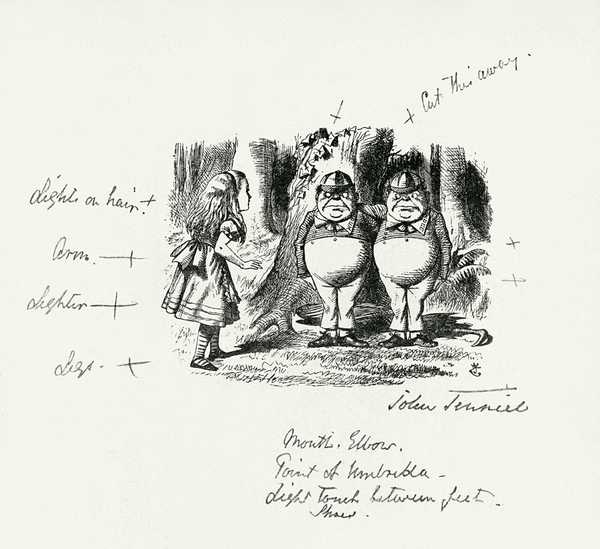In Spanish, the word "caminar" is a verb that means "to walk." The term "camino" is a noun that means "the way" (a route or path, etc.). Nothing more - nothing less. A pilgrimage journey to a holy place is a pilgrimage, regardless of how it is accomplished, by who it is accomplished, or under whatever set of religious or spiritual pretext one espouses to.
This said, I grant that the term "Camino", especially amongst us here in the forum, has come to mean those routes ending at, directly related to, or connecting to the main Spanish or Portuguese
Camino de Santiago - the Way of St. James - the several dozen primary, historic routes, used by all pilgrims to the relics of Sanitago (Saint James) at Santiago de Compostela. But, I allow that it could just as easily be construed to mean those routes connected to those established routes (mostly on the Iberian Peninsula) that lead directly to St. Jame's relics at Santiago de Compostela.
In that context, only a route terminating at Santiago de Compostela could reasonably be held to connote a Camino (BIG C). Of course, this is just MY thought on this.
Thus, and by way of one example, the La Puy camino, is but a historical French hiking route that leads directly to the actual
Camino de Santiago, connecting at Saint Jean Pied de Port. Over time, the connecting route simply became known as the Le Puy camino route.
This opined, there are hundreds of adjacent or "feeder" hiking routes that accumulated over the centuries all over Europe and the rim of the Mediterranean in Asia Minor and Africa to eventually connect to the dozens of accepted, historic direct pilgrimage routes - the ways or Caminos - de Santiago.
I do not think this is as much a semantic discourse as much as it is the interpretation over the use of terminology over many centuroes and millenia.
In the end, and in my very humble opinion, is suggest that it is much ado about nothing. Every pilgrim knows the sacrifices, pains, challenges, tribulations and joys of any walking pilgrimage - anywhere in the world.
The Pilgrim Office knows that they are primarily concerned with which final 100 km route you walked into Santiago de Compostela - 200 if my bicycle - to qualify for the Compostela.
And, those of us here, veteran members of this erstwhile forum, simply encourage more people to do more pilgrimages on the many, many routes of the
Camino de Santiago.
As I frequently tell people who ask me how many routes I have walked - four - and how many times I have walked a Camino - six - (fewer than planned due to COVID), there are many more direct to Santiago, Iberian formal Camino routes, alone, left to walk then I have years remaining on this earth.
So, in a way it is irrelevant. All I can do is hope, pray and plan - and God laughs. At least someone is enjoying all the angst.
Hope this helps the dialog.
Happy New Year to all!
Tom






























